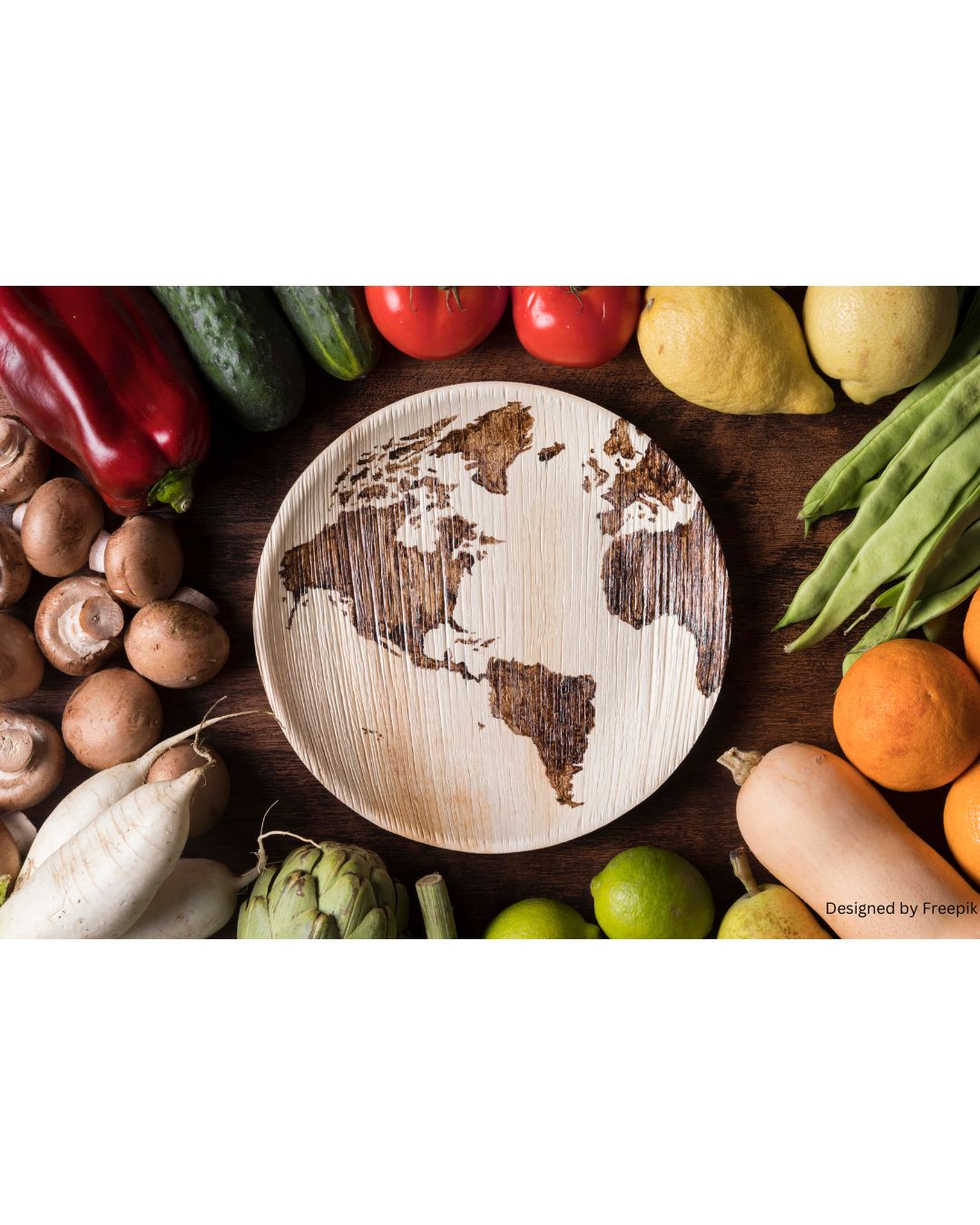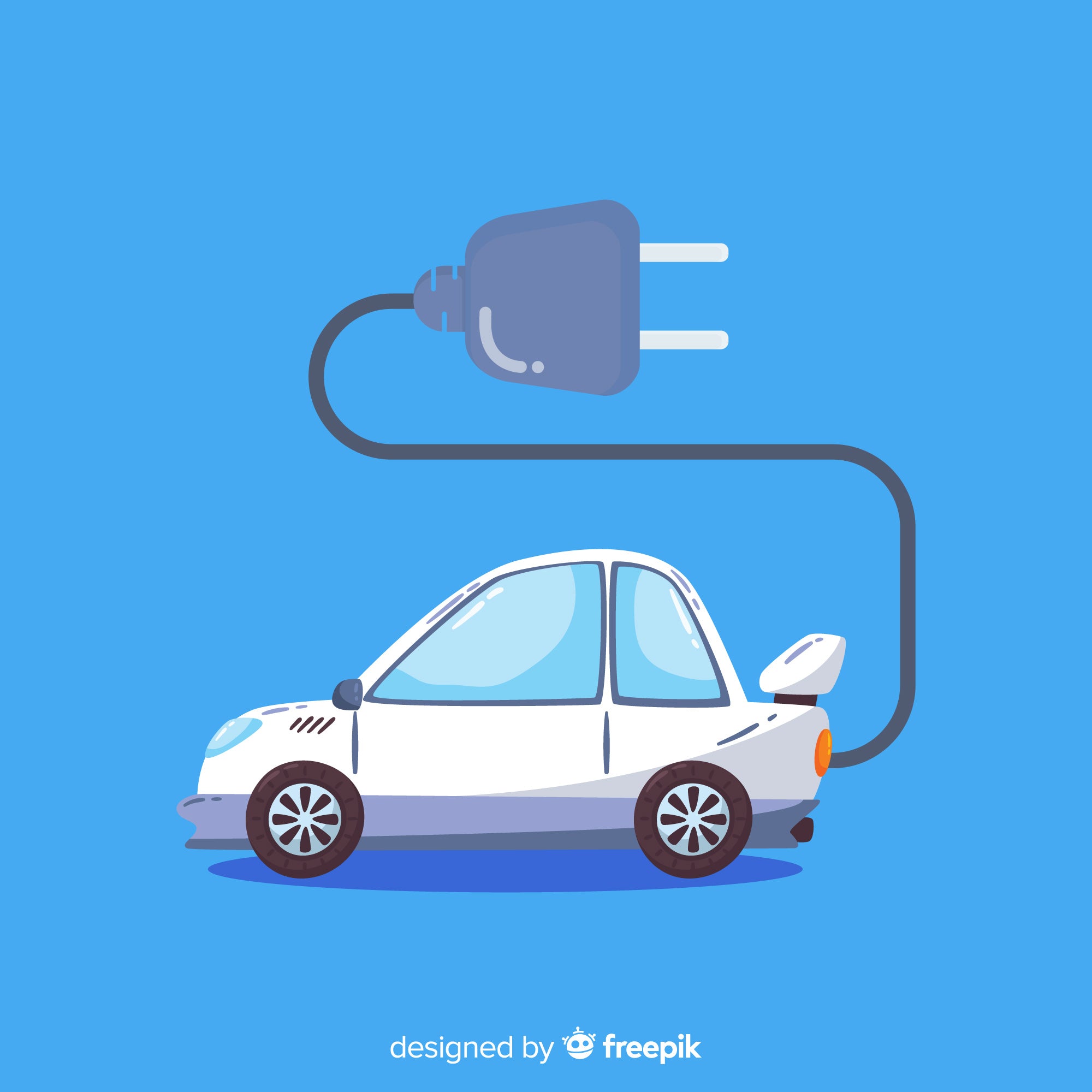Zooming In: Understanding Greenhouse Gases, Emissions and Our Footprints
Climate change isn’t a storm waiting in the distance. It’s the sum of everyday choices—your dinner, your commute, your thermostat.
The invisible becomes visible when we zoom in.
Meet the Culprits: Greenhouse Gases (GHGs)
Earth wears a blanket—a thin, miraculous layer that traps just enough warmth to make life possible.
But we’ve thickened that blanket, and now it’s overheating us.
The usual suspects?
- Carbon dioxide (CO₂) — from burning coal, petrol, diesel, and gas. It’s our baseline gas, and it has risen from 280 ppm to over 417 ppm in a century.
- Methane (CH₄) — around 30 times stronger than CO₂. It comes from cows, rice fields, and leaking pipelines.
- Nitrous oxide (N₂O) — nearly 300 times stronger. Fertilizers and exhaust pipes are the main culprits.
- Fluorinated gases — entirely man-made, used in cooling and electronics, and thousands of times more potent than CO₂.
Together, these gases have turned balance into excess—and the result is the familiar drumbeat of heatwaves, floods, crop stress, and shifting seasons.
Emissions 101: What They Are and Why They Happen
Every time we use energy, we emit.
Drive a car—exhaust.
Switch on a light—coal somewhere is burning.
Eat a meal—farming, transport, and refrigeration leave traces in the air.
Your Carbon Footprint: The Climate Ledger You Carry Everywhere
Think of it as your personal climate ledger.
Every action—small or large—writes an entry in CO₂ equivalent (CO₂e).
It’s like your mobile data plan: each scroll and stream adds up.
The total shows your share of the planet’s warming bill.
The Big Picture: Global and Indian Emissions Today
Globally, emissions have climbed from 35 to 55 billion tonnes of CO₂e in just two decades.
India’s total has more than doubled—but its per-person footprint remains less than half the world average.
That’s the paradox: a developing nation racing to grow, yet still frugal by Western standards.
But the pace of increase matters. Per-capita emissions in India have doubled in 20 years.
Where Emissions Really Come From: A Simple Breakdown
If you picture a pie of global emissions, energy, industry, and transport already account for more than 70% of the world’s problem.
The Household Mirror: What Emissions Look Like at Home
Zoom in closer. In an average Indian household, emissions come from:
- Energy use (≈39%) — fans, ACs, cooking fuel
- Transport (≈20%) — cars, cabs, flights
- Food (≈15%) — what’s on the plate matters
- Waste (≈15%) — what we throw away and how
The biggest levers?
Cool smarter. Travel lighter. Eat wiser. Waste less.
These aren’t small gestures—they’re everyday power moves.
Everyday Emission Hotspots: The Numbers That Matter
We don’t need tables to see the patterns. Here’s the short story:
- Travel: A solo car ride emits 5–10× more per person than a metro or bus.
- Home Energy: An hour of AC equals 0.5–0.8 kg of CO₂e.
- Food:
- A kilo of beef emits up to 60 kg CO₂e.
- Chicken? 4 or 5.
- Lentils and vegetables? Less than 1.
Climate math is simple once you see it. What’s hard is unlearning habits of excess.
You don’t need a new planet-saving app—just 30 days of mindful swaps.
What Next? A Mindset Shift That Matters More Than Technology
The climate story isn’t about melting ice; it’s about mindset.
We keep looking for global heroes when what we need are local habits.
The future won’t be built by billion-dollar breakthroughs alone.
It will be built by a million small decisions made differently.
Because in the end, footprints are not just what we leave behind—
they are what we choose to stand for.

















